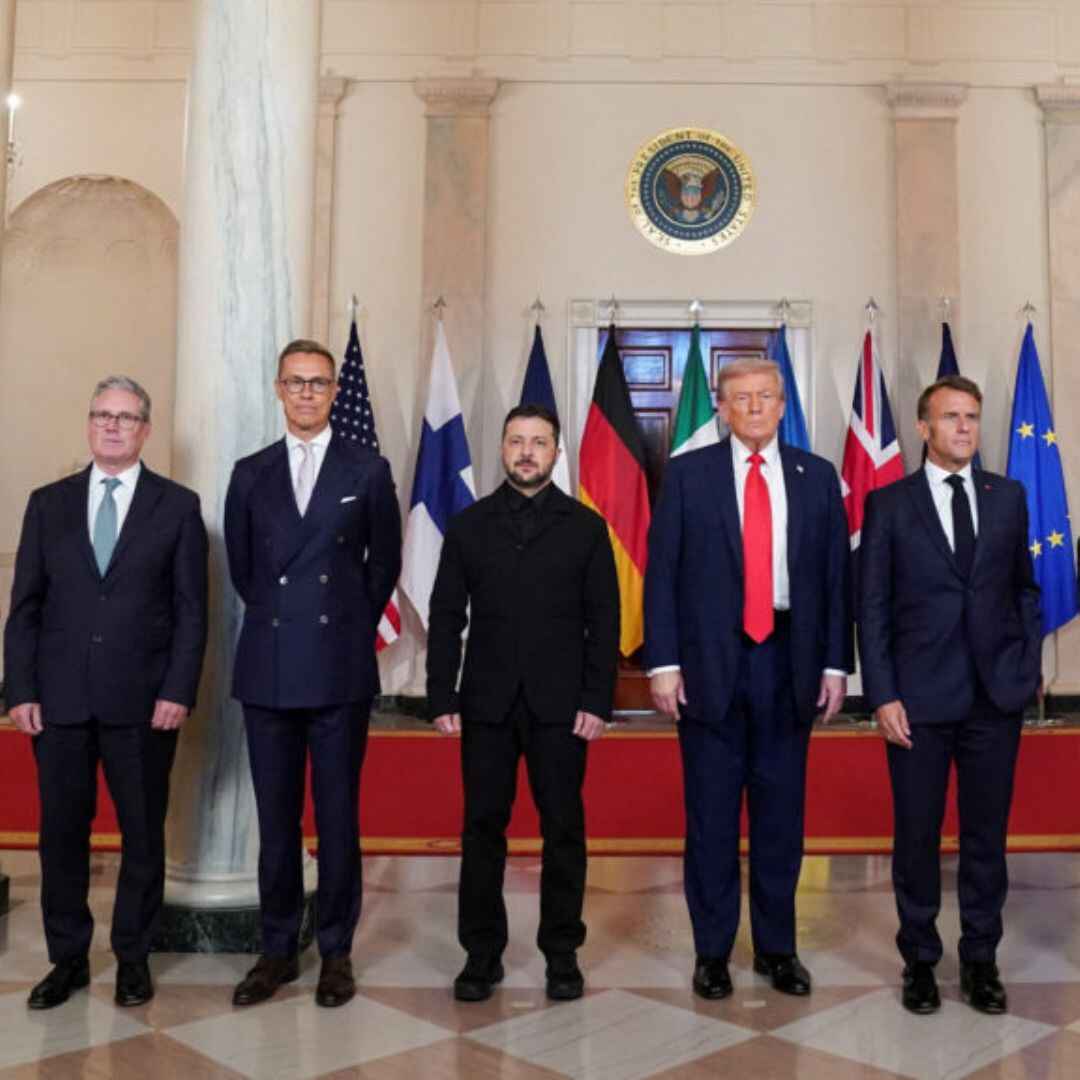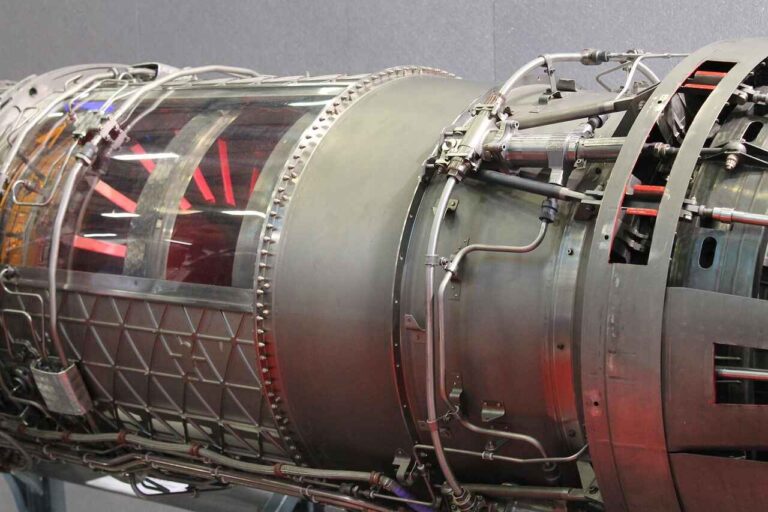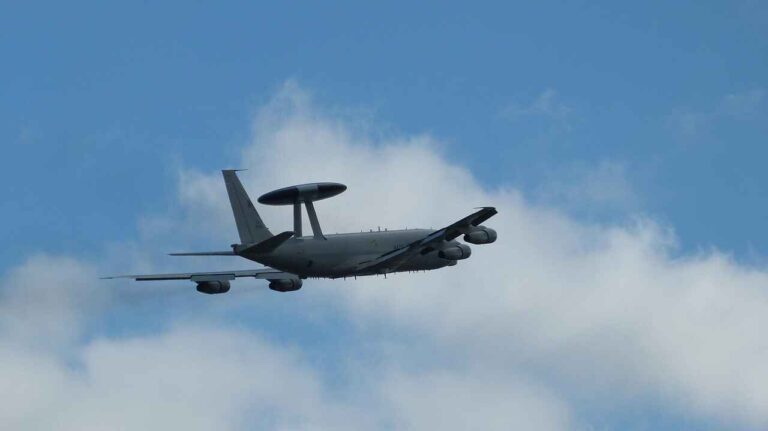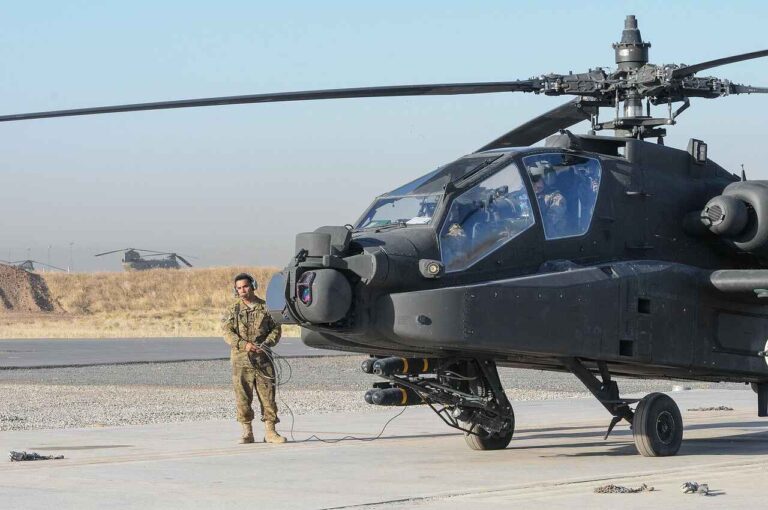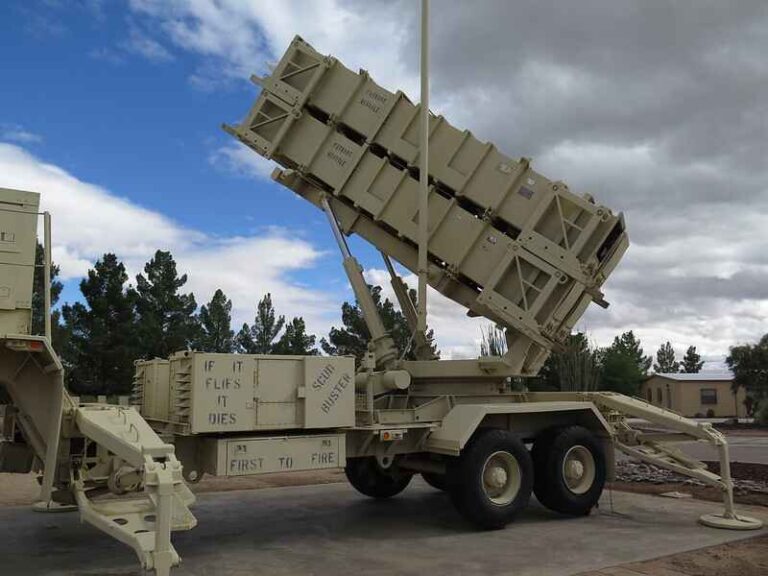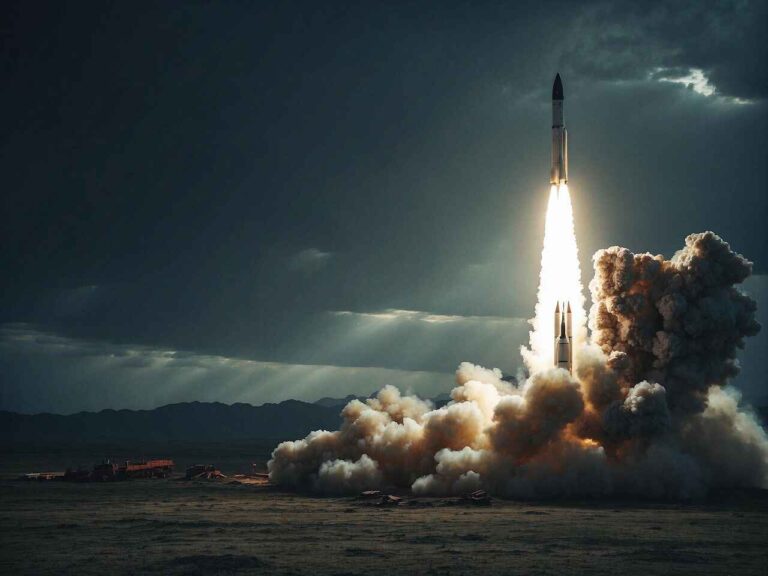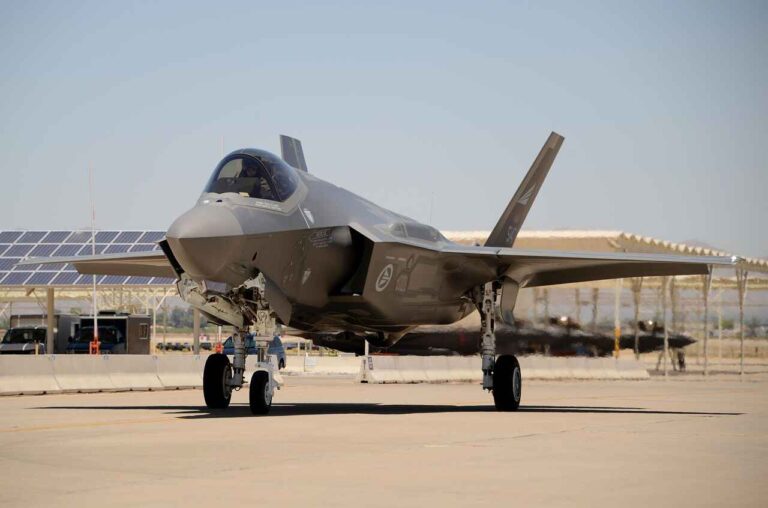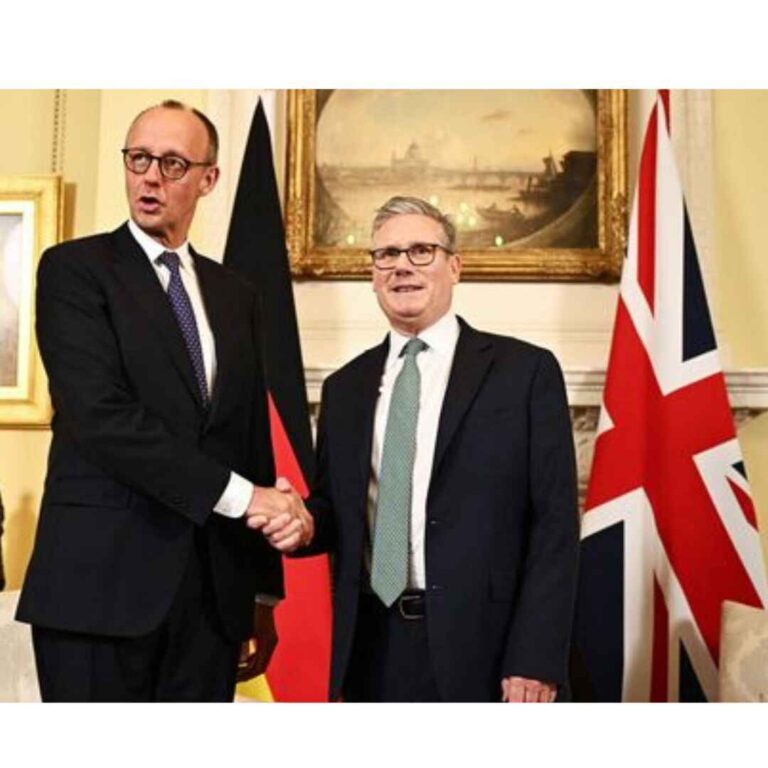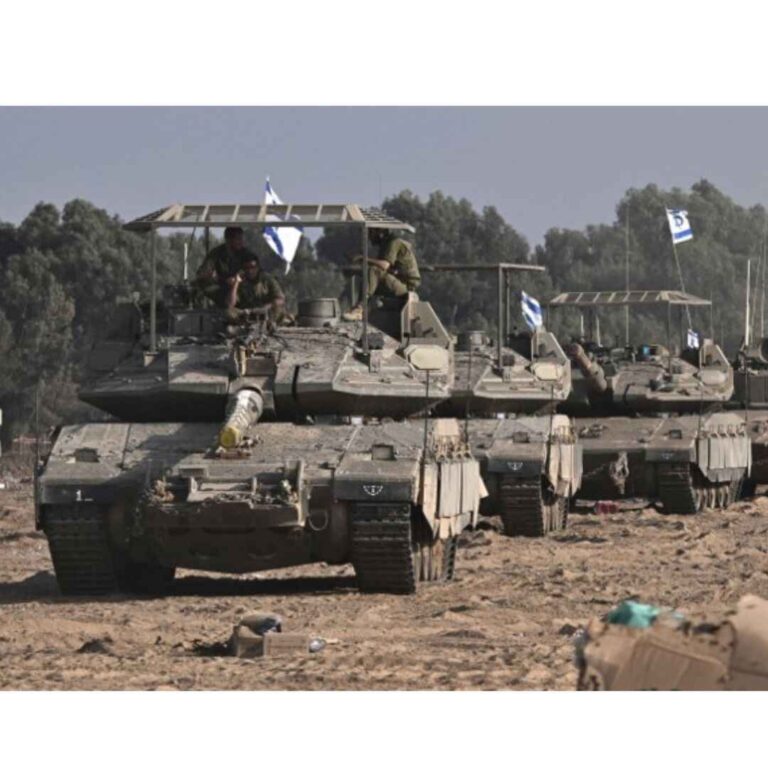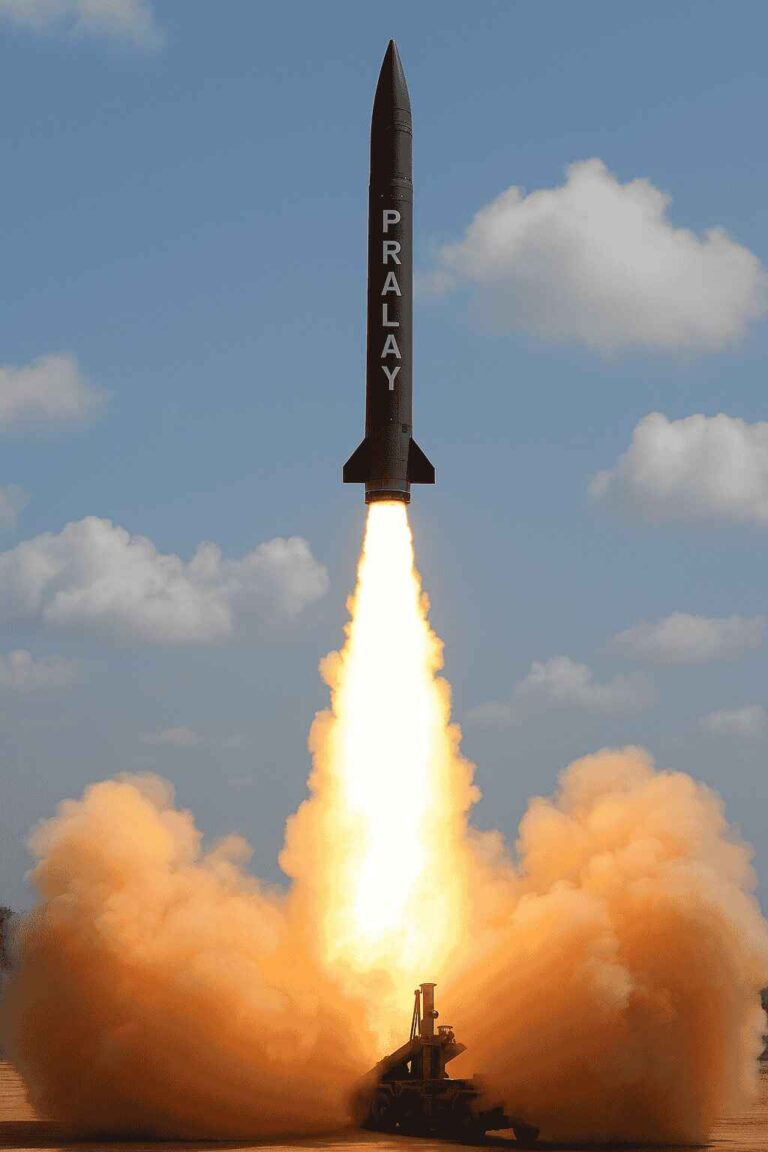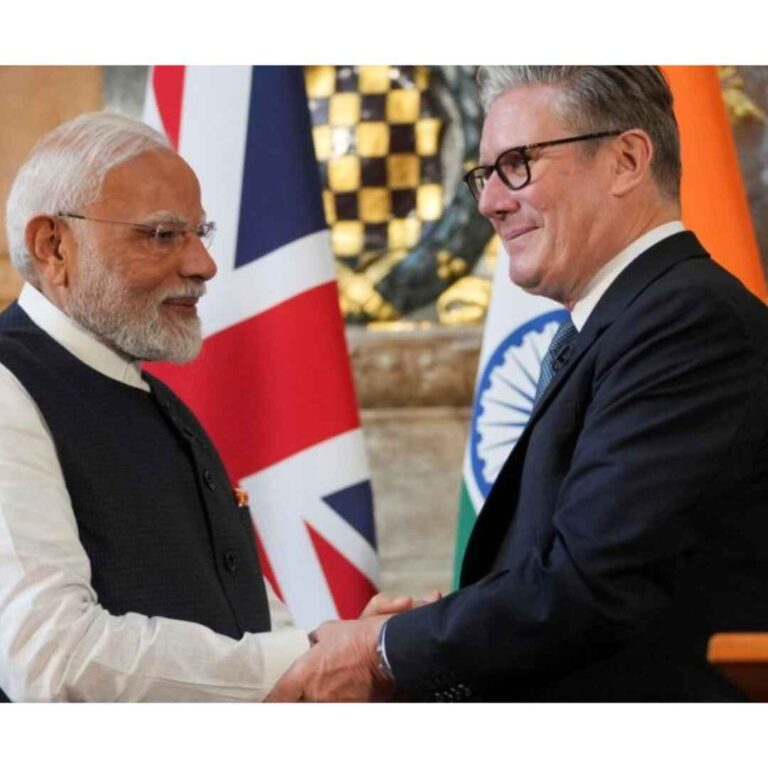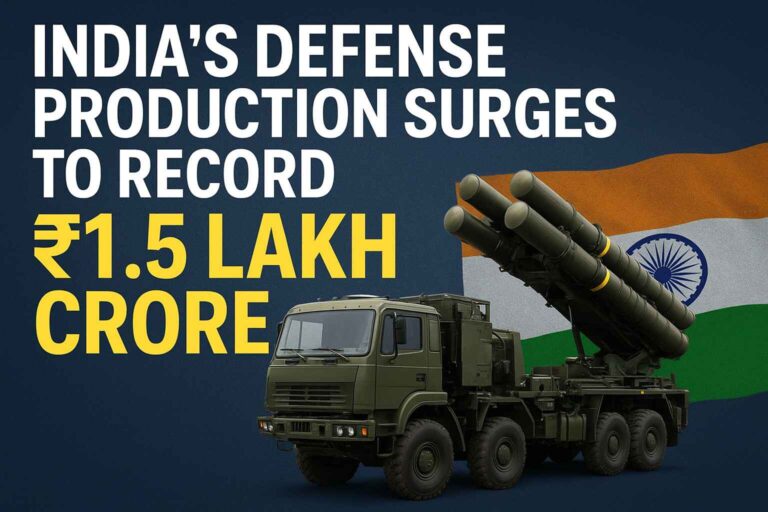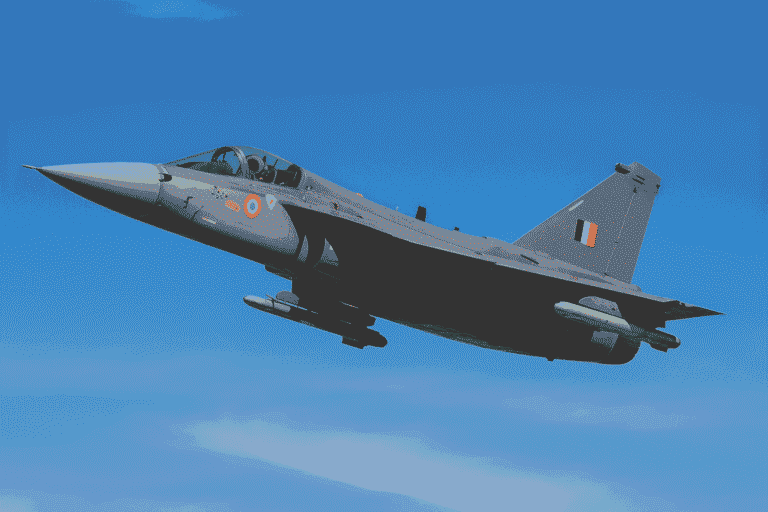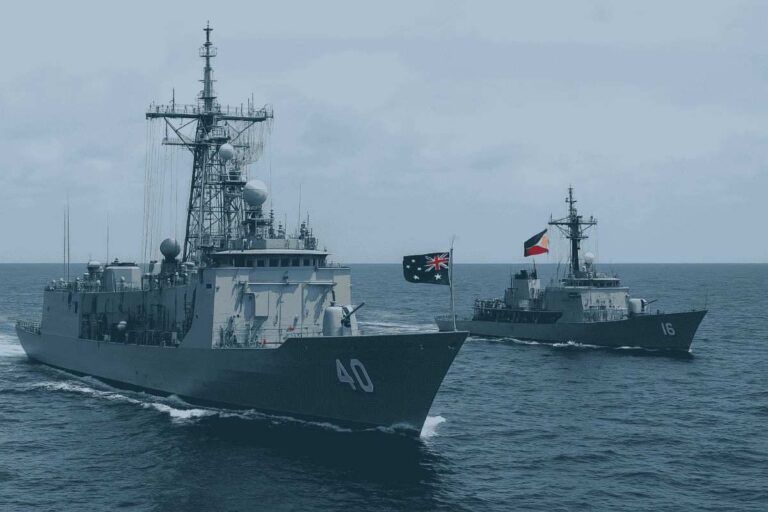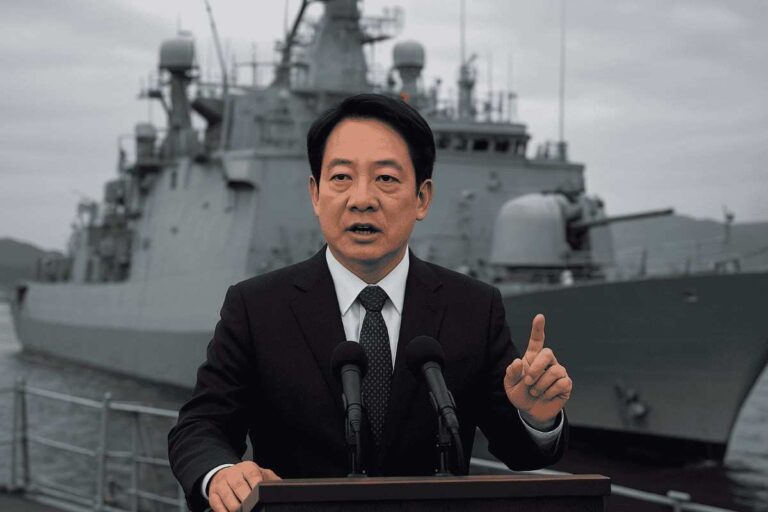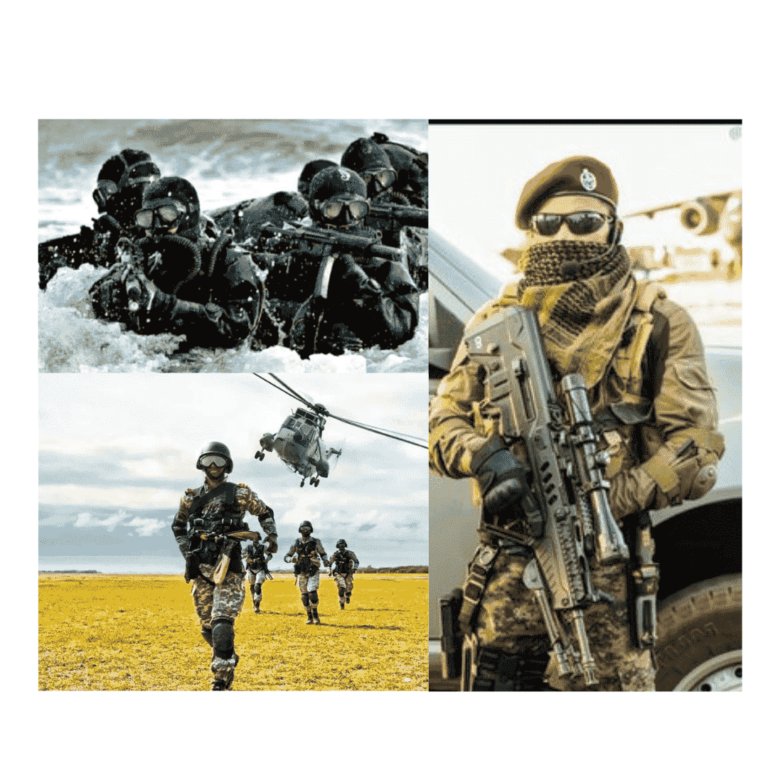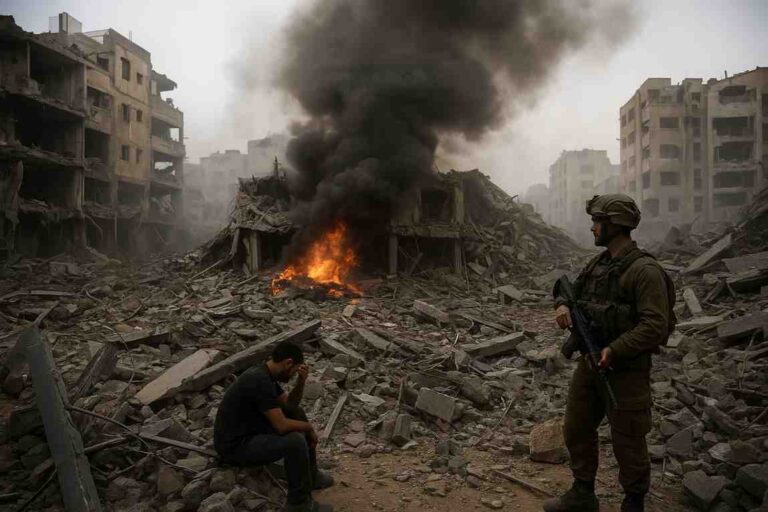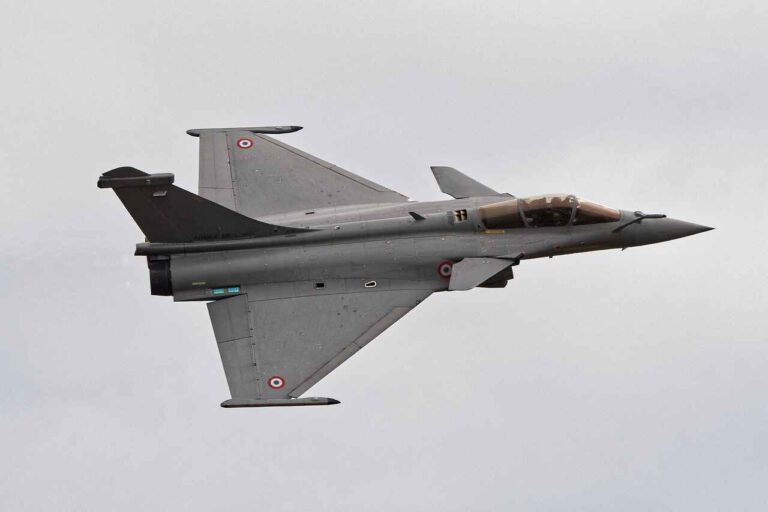Tuesday, 19 August, 2025
In a significant shift, the White House became the venue for renewed diplomatic engagement, as President Donald Trump welcomed Ukrainian President Volodymyr Zelenskyy alongside a group of European leaders to discuss potential pathways to conclude the Russia-Ukraine conflict. The summit, characterized by many as a “wartime crisis meeting,” gathered an array of heads of state, highlighting the increasing Western resolve to articulate Ukraine’s post-war security framework.
The meeting commenced at midday, with European dignitaries—including UK Prime Minister Keir Starmer, French President Emmanuel Macron, German Chancellor Friedrich Merz, Italian Prime Minister Giorgia Meloni, Finnish President Alexander Stubb, European Commission President Ursula von der Leyen, and NATO Secretary-General Mark Rutte—arriving in a formal procession on the South Lawn of the White House. The gravity of their attendance underscored a commitment to unity and urgency.
President Trump characterized the summit as “a very good, early step” toward achieving peace, expressing a willingness to participate in a coalition that would provide NATO-style security assurances to Ukraine. “When it comes to security, there will be significant support,” Trump asserted, suggesting that while European allies would spearhead efforts, the United States would assume a supportive role.
Zelenskyy, notably attired in formal clothing rather than his customary military fatigues, acknowledged the expressions of support and indicated that discussions for a formalized agreement “would be finalized on paper within the next week to ten days.” He also affirmed an intention to procure approximately $90 billion in U.S. military equipment to bolster his country’s defense capabilities.
Internal dynamics during the Oval Office discussions revealed latent tensions: European leaders, primarily Chancellor Merz and President Macron, emphasized that securing a ceasefire is essential for any viable negotiations. In contrast, President Trump appeared more inclined toward a prompt, comprehensive peace agreement, potentially sidestepping the requirement for a formal ceasefire. Merkel’s impassioned response encapsulated the dilemma: “I cannot envision the next meeting occurring without a ceasefire… the credibility of these efforts is contingent on at least having a ceasefire.”
Additionally, Trump broached the contentious topic of territorial concessions, suggesting that discussions may reflect existing “lines of contact” without necessitating Ukraine’s surrender of additional territory. Zelenskyy firmly repudiated any “unacceptable decisions,” reiterating Ukraine’s unwavering commitment to its sovereignty and territorial integrity.
Most notably, Trump indicated intentions to facilitate a trilateral summit involving himself, Zelenskyy, and Russia’s President Putin. A 40-minute conversation between Trump and Putin reportedly occurred shortly after the White House meetings, reverberating through international diplomatic channels as a potential inflection point.
European leaders emerged from the summit with a unified stance: they would extend military and diplomatic support to Ukraine, endorsing a security architecture that, while short of NATO membership, includes robust assurances. They framed their involvement under the concept of a “coalition of the willing,” a notion previously promoted during the London Summit in March.
NATO’s Rutte described the meeting as “very successful,” commending Trump’s willingness to engage on issues concerning Ukraine’s defense. Meanwhile, Merkel cautioned that without tangible progress on the ground, peace negotiations could falter.
Beyond strategic discussions, the talks included significant personal gestures. Zelenskyy presented a letter from Ukraine’s First Lady, Olena Zelenska, addressed to Melania Trump, highlighting the plight of Ukrainian children abducted by Russian forces. This gesture was widely regarded as an emotionally impactful appeal to shared humanity amidst geopolitical considerations.
Despite ongoing diplomatic endeavors, the situation on the ground remains dire. Ukrainian officials reported new drone and missile strikes by Russia on various cities, including Kyiv and Kharkiv, occurring concurrently as leaders convened in Washington. In Kharkiv, an attack resulted in the deaths of several civilians, including children—a sobering reminder of the grave stakes underlying any negotiations.
The Washington summit heralded a more conciliatory tone, in stark contrast to the confrontational meetings that had occurred earlier in the year. Zelenskyy remarked on social media that the event represented “a significant step toward ending the war.”
Trump’s readiness to publicly support Ukraine and facilitate dialogue with Russia indicates a strategic realignment, while European leaders conveyed organized pragmatism. Nevertheless, the lack of consensus on core issues—including the timing of a ceasefire, the extent of security guarantees, and Russia’s stance—renders the path forward uncertain. As Zelenskyy awaits subsequent moves, and communities in Ukraine prepare for further adversity, the world observes whether Washington’s high-stakes diplomacy will yield substantive outcomes.

